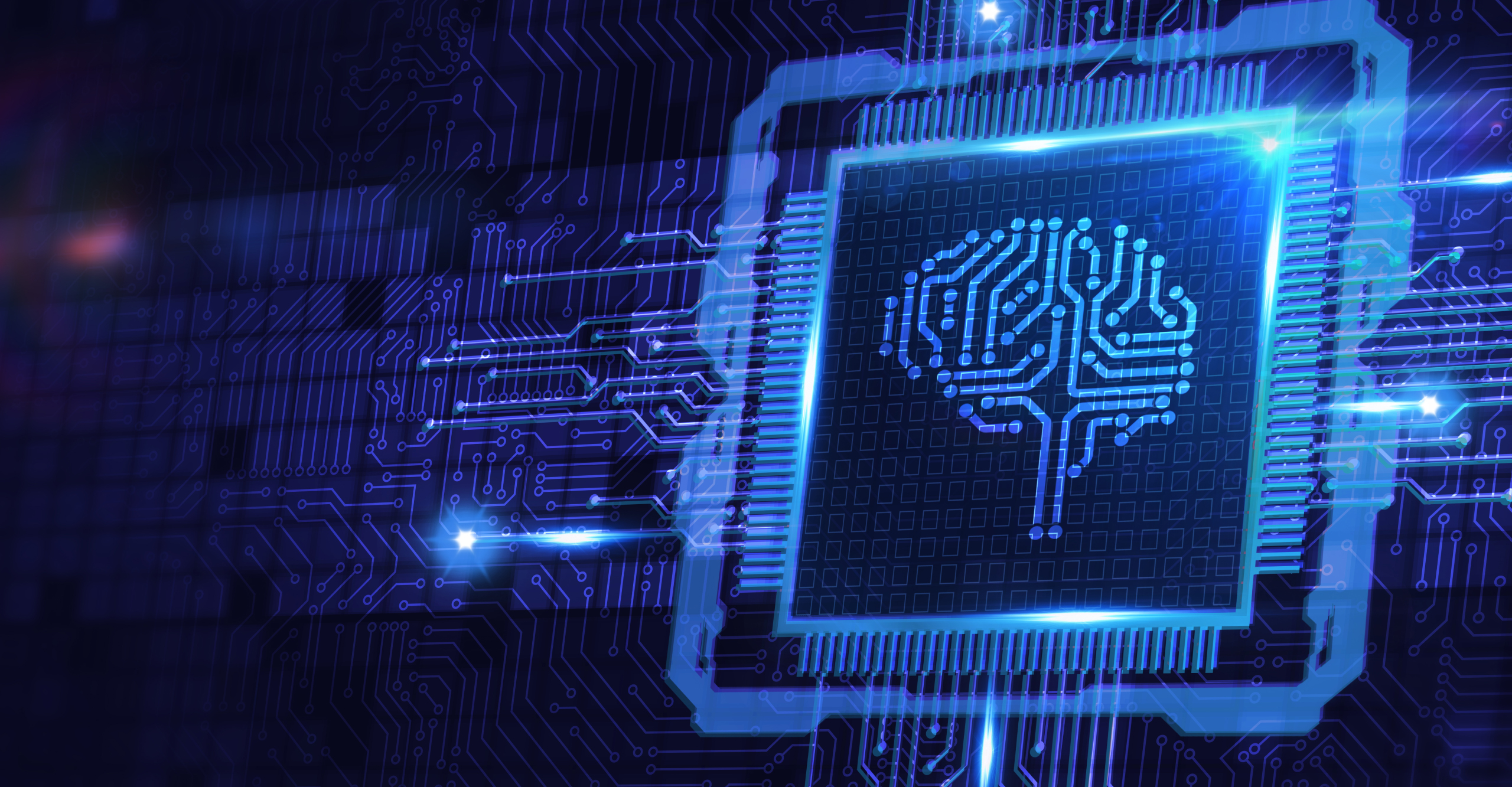There’s little doubt that artificial intelligence (AI) is transforming the cybersecurity landscape, specifically as it relates to cybercrime. The reason for such rapid acceleration, says Forbes, is the low barrier to entry for malicious users. Cyber criminals are constantly evolving their business models to include subscription services and starter kits, as well as the increasing use of language models (LLMs) to write malicious code. All of these factors are posing potential serious challenges to cybersecurity.
In the face of these threats, today’s business leaders must be aware of, and knowledgeable about, the latest developments of AI in network cybersecurity and to protect their best interests.
Cybercrime is an expensive expenditure for many companies. In fact, cybercrime has increased 10 percent in the past year, with the average cost of a data breach in the United States in 2022 alone being $9.44 million. It’s estimated that cybercrime will cost $10.5 trillion each year by 2025.
How is AI Helping Cybersecurity?
Many people view AI as a threat to their security, and it can be. But for the most part, AI and machine learning have provided a big benefit to cybersecurity controls and services. There’s a lot of data floating around out there — in your network especially — and AI-based automation can help you make sense of it all.
AI can be applied to many areas of cybersecurity, such as:
- Threat detection and analysis: Machine learning-powered security tools are able to analyze terabytes of data and create a baseline of what to expect within a network and what not to expect. This allows users to sift through millions of events, identifying suspicious activity in real time. It’s unlikely that such activity would be detected that quickly or even at all with a manual security review.
- Automation and response: AI-based products don’t just take a passive stance – they can be trained to detect and take action against cyber threats, automatically identifying, responding, and remediating within mere seconds. This closes the gap immensely between incident detection and repair.
- Network and endpoint protection: AI-based protection can analyze phishing emails, endpoint threats, malware, and suspicious websites in seconds.
AI engines are constantly “learning” and morphing into intelligent systems, familiarizing themselves with their environment in real time. Viewing AI as a standalone product is a mistake of many businesses. Rather, leaders should view AI as an extension of their cybersecurity team.
AI as an Adjunct to Cybersecurity
AI security systems can bring significant advantages to cybersecurity when integrated with machine learning algorithms. The ability to automate processes and save time is the big benefit of AI, but that’s just scratching the surface. AI poses better and much more complex capabilities than you may realize.
It can be a challenge to detect malware variants that seemingly change on a daily basis. But addressing this type of cyber threat is made easier with AI security solutions that can discover new malicious code and detect recurring patterns.
AI offers a helping hand to organizations built on huge volumes of data and a variety of ways to connect between the company and customers (email, chats, video). It’s a no-brainer that AI can ensure stronger and more robust cybersecurity efforts for your organization. Other benefits include:
Predictive Analysis
AI is able to make cyber predictions based on both current and historical data, identifying potential vulnerabilities and risks before they happen. Not only that, AI can automatically put proactive measures into place that help mitigate and prevent attacks such as malware, phishing, and ransomware.
Real-Time Threat Detection
AI cybersecurity systems are able to protect organizations from emerging threats because they can recognize patterns and identify deviations while responding accordingly. AI is also able to filter out false positives once it’s been trained to recognize attack patterns. No mere human can provide this level of watchfulness and continual data assimilation.
Vulnerability and Risk Management
To better analyze your threat exposure, you can integrate AI into your risk management programs to automatically detect, identify, and remediate known vulnerabilities. AI can instantly make decisions after scanning hundreds of thousands of devices, not to mention tens of millions of web pages and databases. This self-learning model handles the whole process from beginning to end without the need for human interaction or oversight.
In the end, while many organizations view AI as the enemy, it’s actually the ally you never thought you needed.
Request a Quote From Cardinal Technology Solutions
Are you concerned your company is vulnerable to cybersecurity threats? Want to learn how AI can help you, not hinder you? We have the experience and training in network security that you need to bolster your company’s strength and resistance to outside attacks. Cardinal Technology Solutions services more than160 clients throughout Virginia, West Virginia, Maryland, and the District of Columbia. Get a free quote from Cardinal Technology Solutions on our network security services today.





